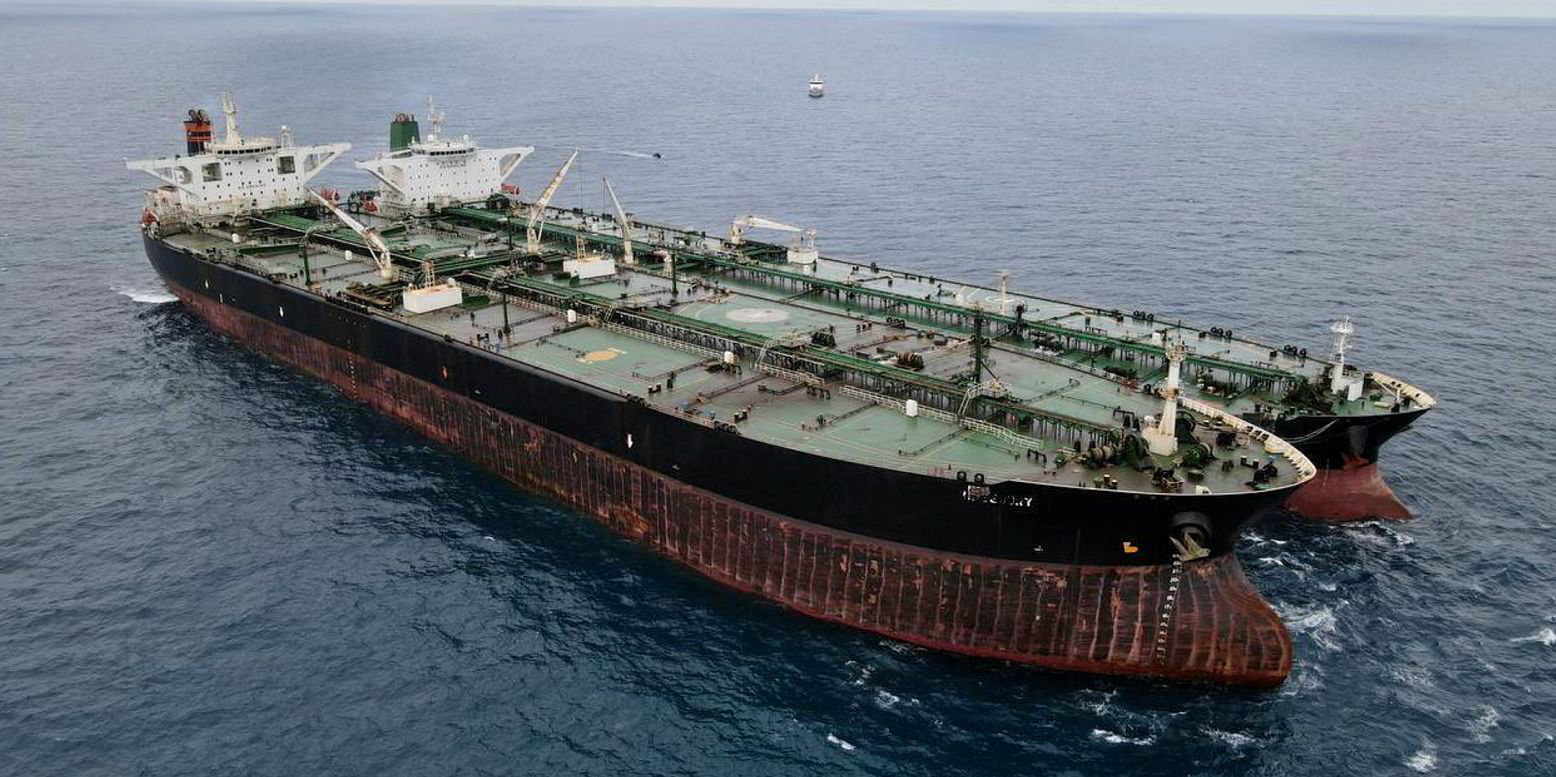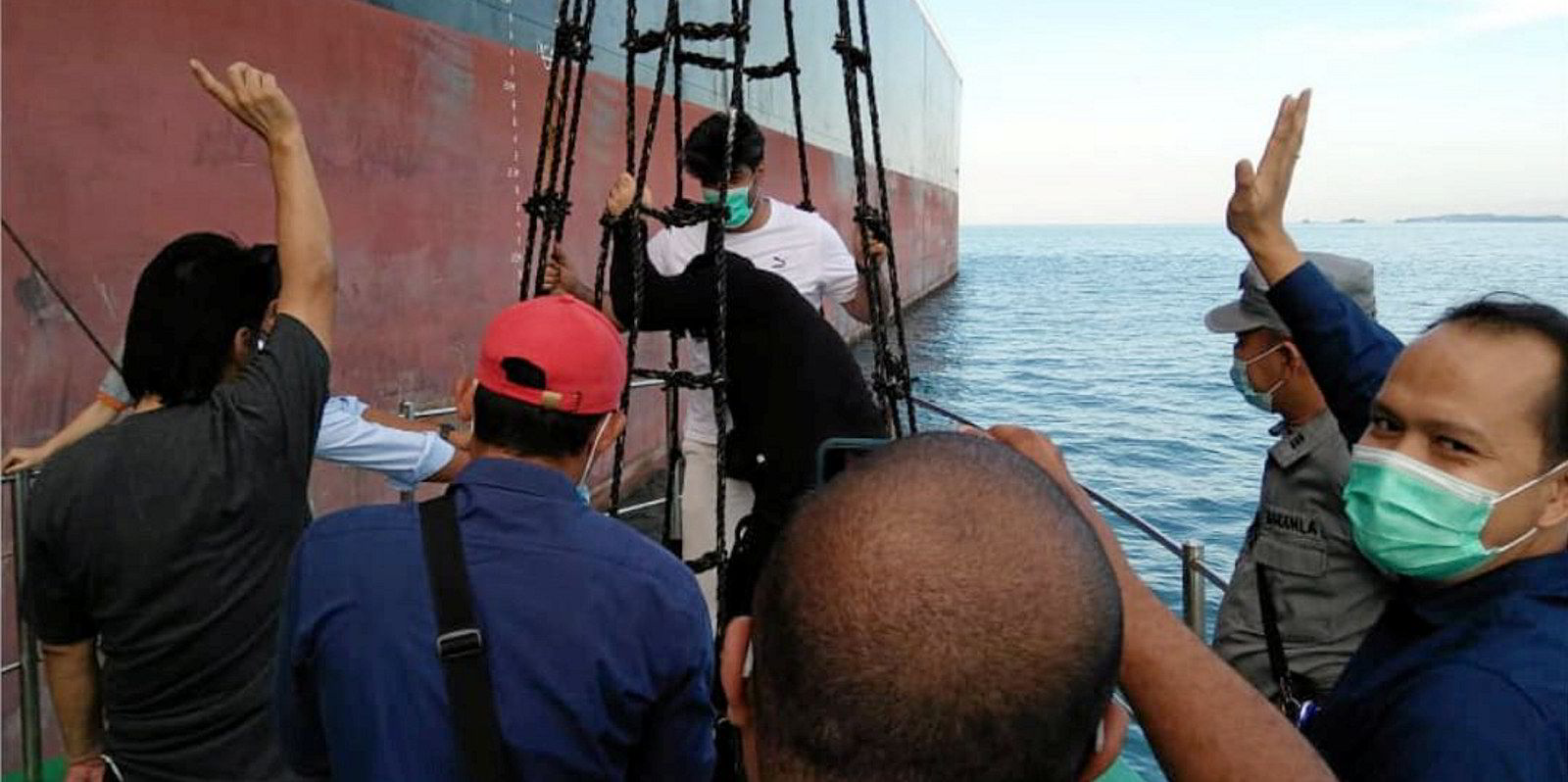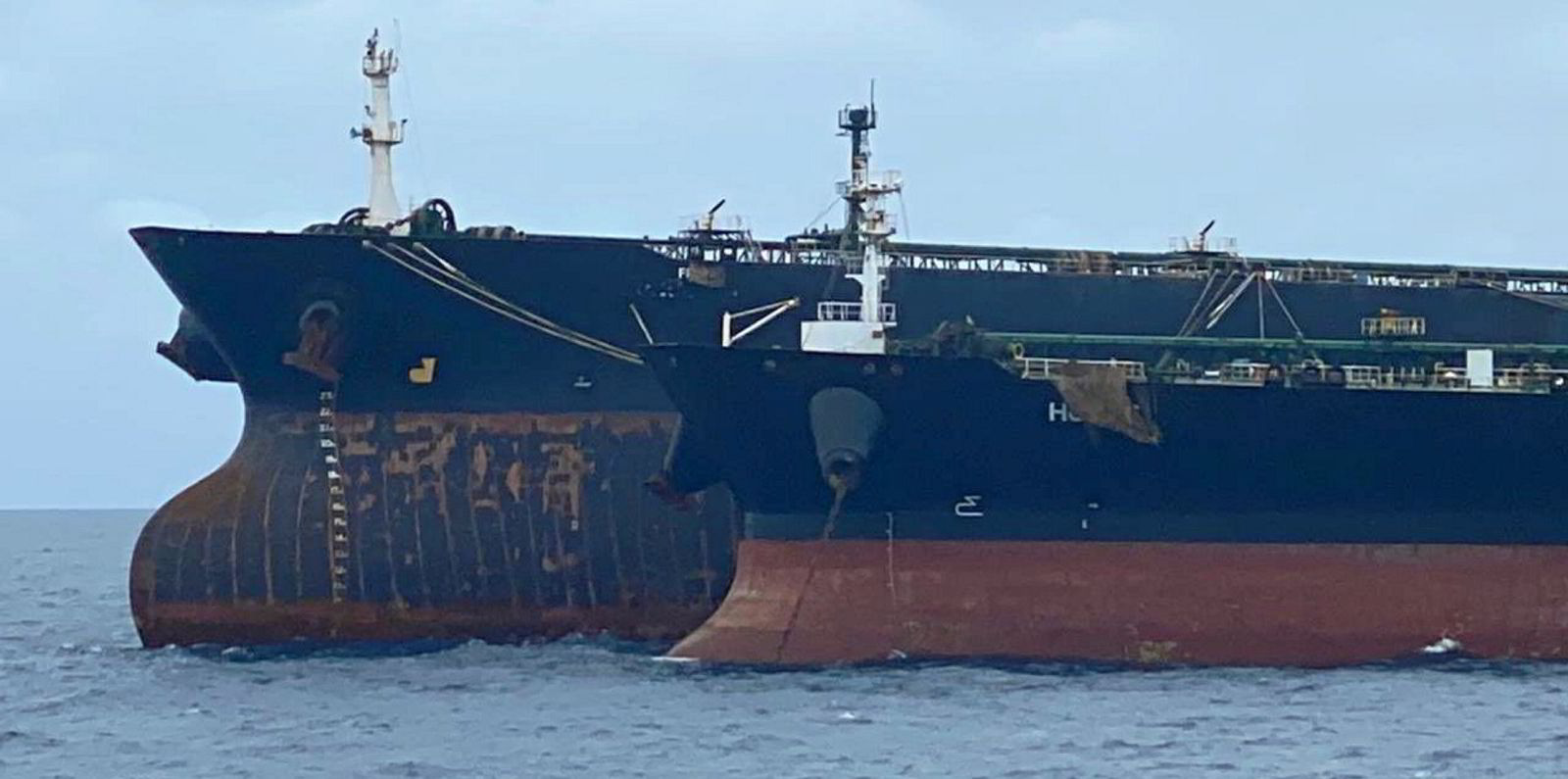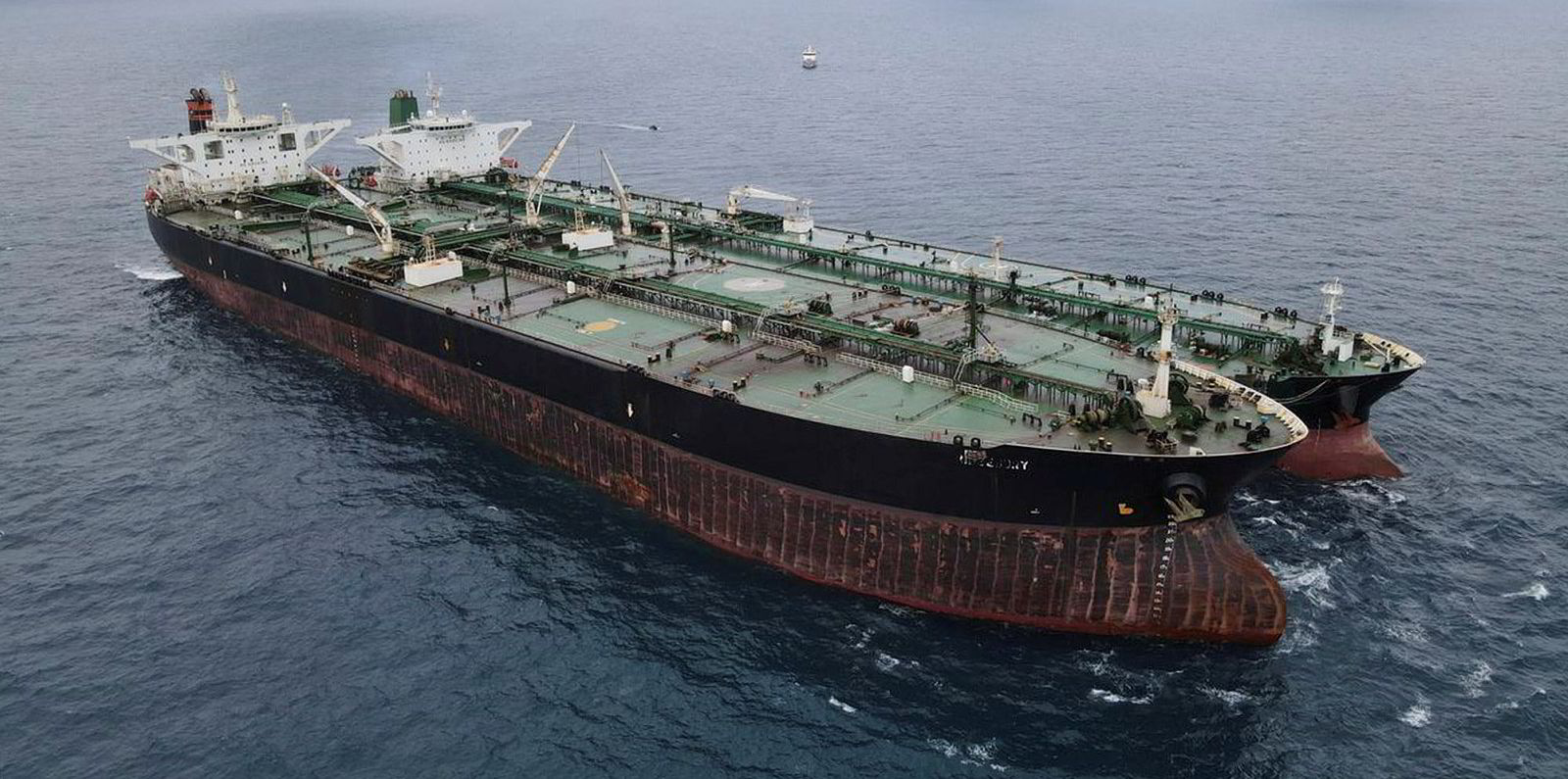An Iranian VLCC detained by Indonesia in January has been released, according to media sources in Iran.
The National Iranian Tanker Co's 317,400-dwt Horse (built 2008) was alleged to have been involved in the illegal transfer of crude.
“The ship was released after 125 days ... and will return to Iranian waters after completing its mission,” Iran’s state-run Islamic Republic News Agency reported.
In late January, the Horse and the Chinese-operated 306,300-dwt Freya (built 2000) were seized for carrying out a ship-to-ship transfer of oil, according to Indonesia’s Maritime Security Agency.
The Horse was allegedly transferring oil to the Freya. Oil was detected in the water around the Freya, Indonesian authorities said at the time.
The two tankers were then escorted to the Indonesian island of Batam for further investigations. A total of 61 crew members from both vessels were detained.
Indonesia claimed that the two ships had concealed their identity by not showing their national flags and turning off their AIS.
Iran has previously been accused of concealing the destination of its oil by turning off the AIS on its vessels.
Potentially lucrative

Iran’s Ministry of Foreign Affairs spokesman Saeed Khatibzadeh originally described the seizure as a “technical issue”.
On Thursday morning, AIS data showed the Horse sailing off the eastern coast of Malaysia east of the holiday island of Tioman.
The illicit trade in Iranian crude is potentially lucrative for owners willing to run the risk of US sanctions.
In its most recent market report, Gibson Shipbrokers said unsubstantiated reports emerged earlier this year of an ageing VLCC being offered $100,000 per day for a six-month time charter for the Venezuelan trade — more than five times the prevailing market rate for regular trades at the time.
“Such a deal would generate $18.25m in revenue, allowing the owner to recoup around 75% of the value of the ship (less operating costs), and still have the residual value of the vessel, making a significant profit by selling the vessel for scrap, or performing another similar charter,” the shipbroker added.
Gibson estimates that almost 10% of the VLCC fleet and nearly 6% of the suezmax fleet are involved in these sanctioned trades.
"The actual number is likely to be higher, with some vessels recently sold yet to sail from the delivery location, whilst other vessels are yet to perform illicit activity, but look likely to do so," it added.






